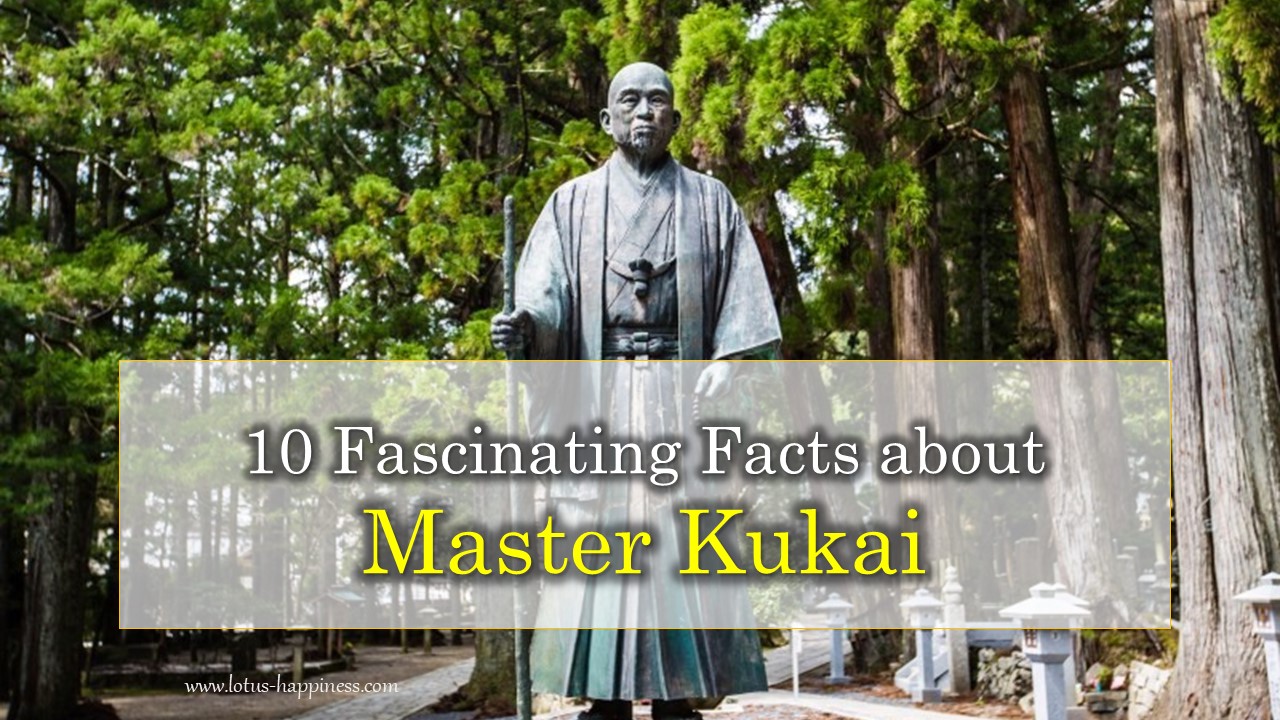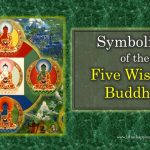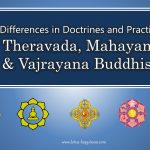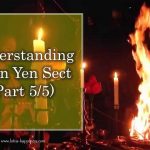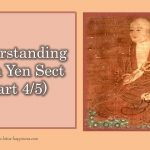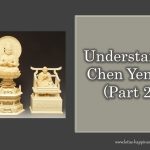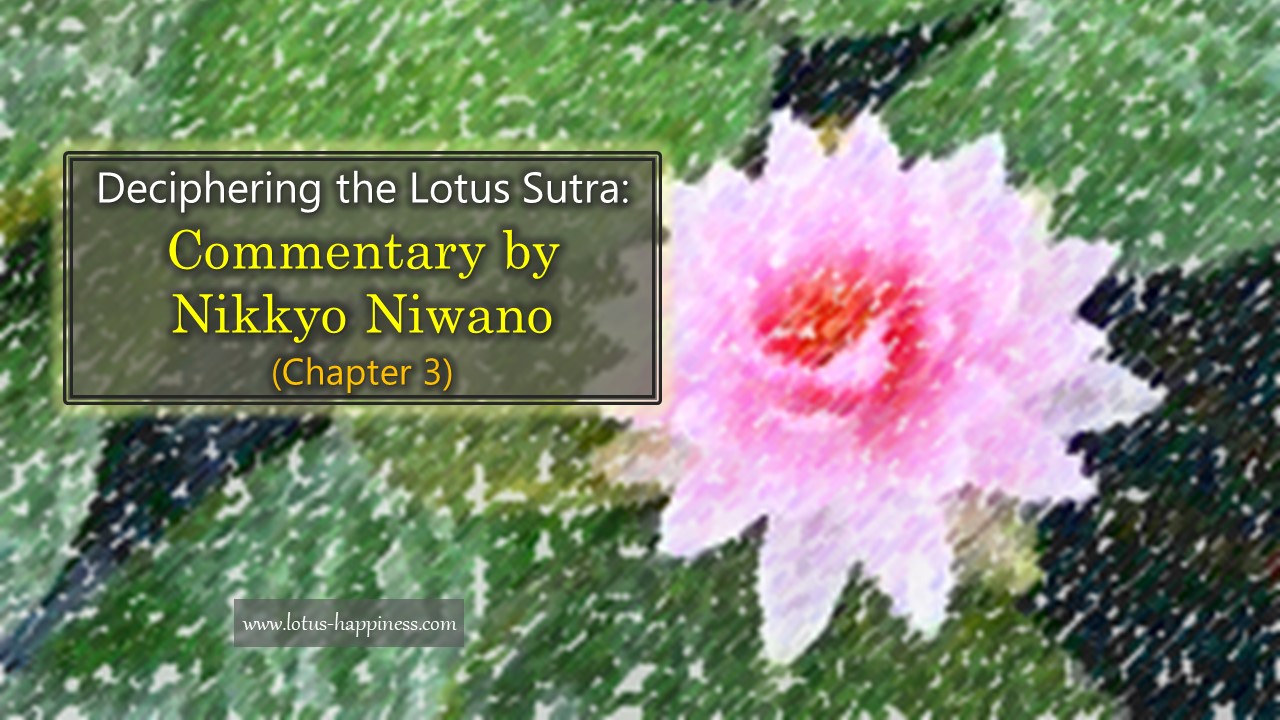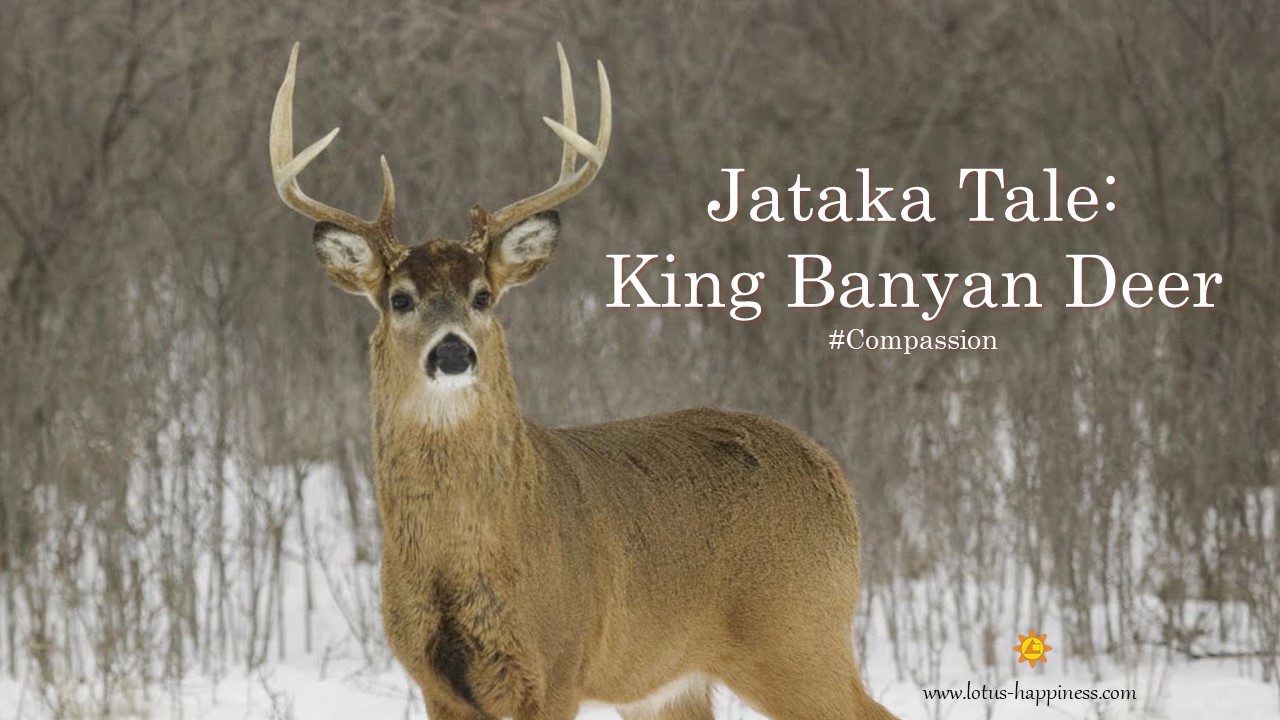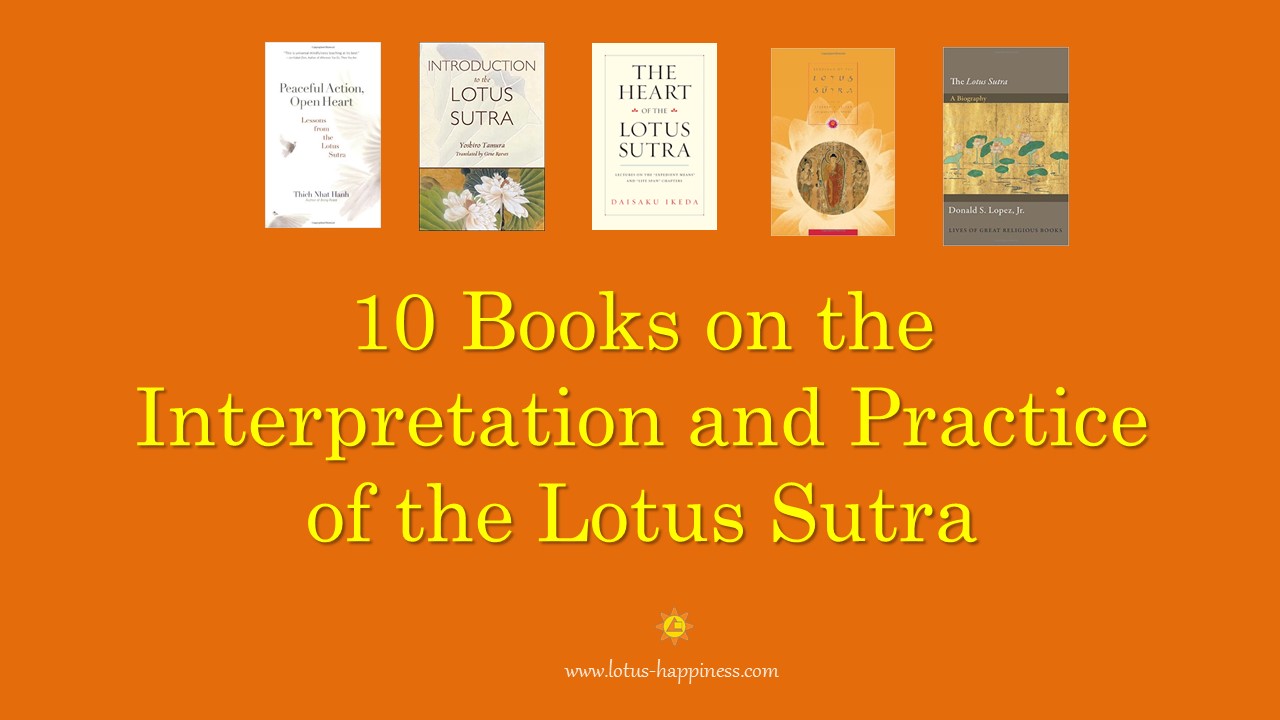10 Fascinating Facts about Master Kukai
Master Kukai, or Kobo Daishi, is an amazingly respectable Buddhist master by virtue of his balanced intelligence in both arts and sciences, his interpersonal mastery and dignity that gained him trust and respect in the Imperial courts, his leadership to manage the Sangha and various public engineering works, as well as his accomplishments in esoteric Shingon Buddhism and samadhi meditation.
Very few Dharma masters to date have attained such phenomenal achievements as that of Master Kukai. Here are 10 fascinating facts about Master Kukai:
#1 – Founder of Shingon Buddhism
Master Kukai (空海) (774-835) is the founder of Shingon Buddhism in Japan. Posthumously given by the emperor the name of Kobo-Daishi (“The Great Master of the Propagation of the Buddhadharma” or his Dharma name of Henjō-Kongō (遍照金剛) by his followers.
#2 – Born a Blue Blood
With the given name of Saeki no Mao, Kukai was born with a silver spoon in his mouth in an aristocratic Saeki family in Shikoku. Although he began his study in the Confucian classics in the university and on his way to becoming a government official, he was awakened that Buddhism was the path to true and lasting happiness for people. Thus, he dropped out of university, took the name Kukai, and became a wandering ascetic in the mountains of Japan.
#3 – Skilled in Calligraphy
Known as the ‘Father of Japanese Culture,’ Kukai invented the kana, the syllabary that is used in combination with Chinese characters (kanji) to form the basis of Japanese written language today.
#4 – An Accomplished Civil Engineer
Kukai was an accomplished civil engineer with strong leadership to manage and complete civil engineering tasks successfully. In 821, he completed the legendary restoration of Manno Reservoir, which is still the largest irrigation reservoir in Japan.
Moreover, he was tasked and given free rein by Emperor Saga to complete the construction of To-ji (Eastern Temple) – which was not completed after nearly thirty years – resulting in To-ji becoming the first and oldest Esoteric Buddhist temple in Kyoto. This five-story pagoda continues to be a symbol of Kyoto.
#5 – A Divine Dream to Pursue Esoteric Buddhism
At aged 22, Kukai was introduced the chanting of the mantra of Bodhisattva Akasagarbha (Kokuzo). Then one day, he dreamt of a man revealing to him the name of the Buddhist scripture – Mahavairocana Tantra. While he managed to obtained a copy of this sutra, he faced tremendous challenges in understanding the part of the sutra with Sanskrit words written in the Siddham script. Even the translated portions were incredibly cryptic. Eventually, he decided to go to China to study the text with a master there.
#6 – Master Huiguo was His Teacher
Although Kukai was a private and independent monk in his early thirties, he somehow managed to gain government sponsorship to study Buddhism in China. He met the famous Master Huiguo, who was the master of Shingon Esoteric Buddhism, at the Quinlong monastery in the capital of Chang’an (now Xi’an).
Master Huiguo intuitively knew that in order for the lineage to survive in the long term, he must transmit his teachings to a foreigner. He took Kukai as his personal disciple and within three months, Kukai had received abhiseka (empowerment) and became the eighth patriarch of Esoteric Buddhism with the lineage name Jenjo Kongo, meaning “The Universally Shining Vajra.” Master Huiguo instructed Kukai to return to Japan and spread his teachings.
During the ceremony of the Mandala of the Two Realms to identify the Buddha for focused meditation, it is recorded that Kükai’s flower fell on Vairochana Buddha both in the Diamond and Womb Mandalas.
#7 – Mount Koya is the Headquarter of Shingon Buddhism
In 816, Kukai founded the headquarter of Shingon Buddhism in Mount Koya. Mount Koya is a representation of the Mandala of the Two Realms: the central plateau is the Womb Realm mandala, which is surrounded by the peaks that symbolize the lotus petals. In the middle of this plateau is the Diamond Realm mandala in which a temple named Kongobu-ji, the Diamond Peak Temple – is situated. The principle Buddha of the temple is the statue of Vairocana Buddha.
#8 – Imperial Patronage and Leadership in the Sangha Affairs
Kukai gained the imperial patronage: Emperor Saga approved his request to establish a Shingon temple in Mount Koya and tasked him to complete the construction of To-ji temple; Emperor Junna gave Kukai exclusive use of To-ji for the Shingon School and legitimized Shingon Buddhism through state authorization.
Besides, Kukai also served as the abbot of To-ji temple in Kyoto and Todai-ji temple in Nara. In 827, he was promoted to the Senior Director of the Office of Priestly Affairs, Daisōzu, in which he presided over state rituals, the emperor and the imperial family.
He also founded Zenpuku-ji in Tokyo but this temple was converted to Jodo Shinshu sect when Shinran visited the temple during the Kamakura period.
#9 – Magnum Opus: Treatise on the Ten Stages of the Development of Mind
In 830, Kukai completed his Magnum Opus – Treatise on The Ten Stages of the Development of Mind (Jp. Jūjūshinron, Cn. 十住心論 )
#10 – He is Still Alive in his Mausoleum
In Mar 21 of 835, Kukai entered into eternal meditation. Almost a century later in 921, a monk opened the door to the mausoleum and found Kukai still sitting in eternal samadhi but his hair and bead had grown long. He trimmed Kukai’s hair and beard, changed his holy cloth, and closed the door.
Until this day, Buddhist monks at Okunoin Temple – site of Kukai’s mausoleum – still offer two meals a day to Kukai at 6.00am and 10.30am.
Let us pay reverence to Master Kukai through the repetition of Gohogo mantra: Namu Daishi Henjō Kongō

